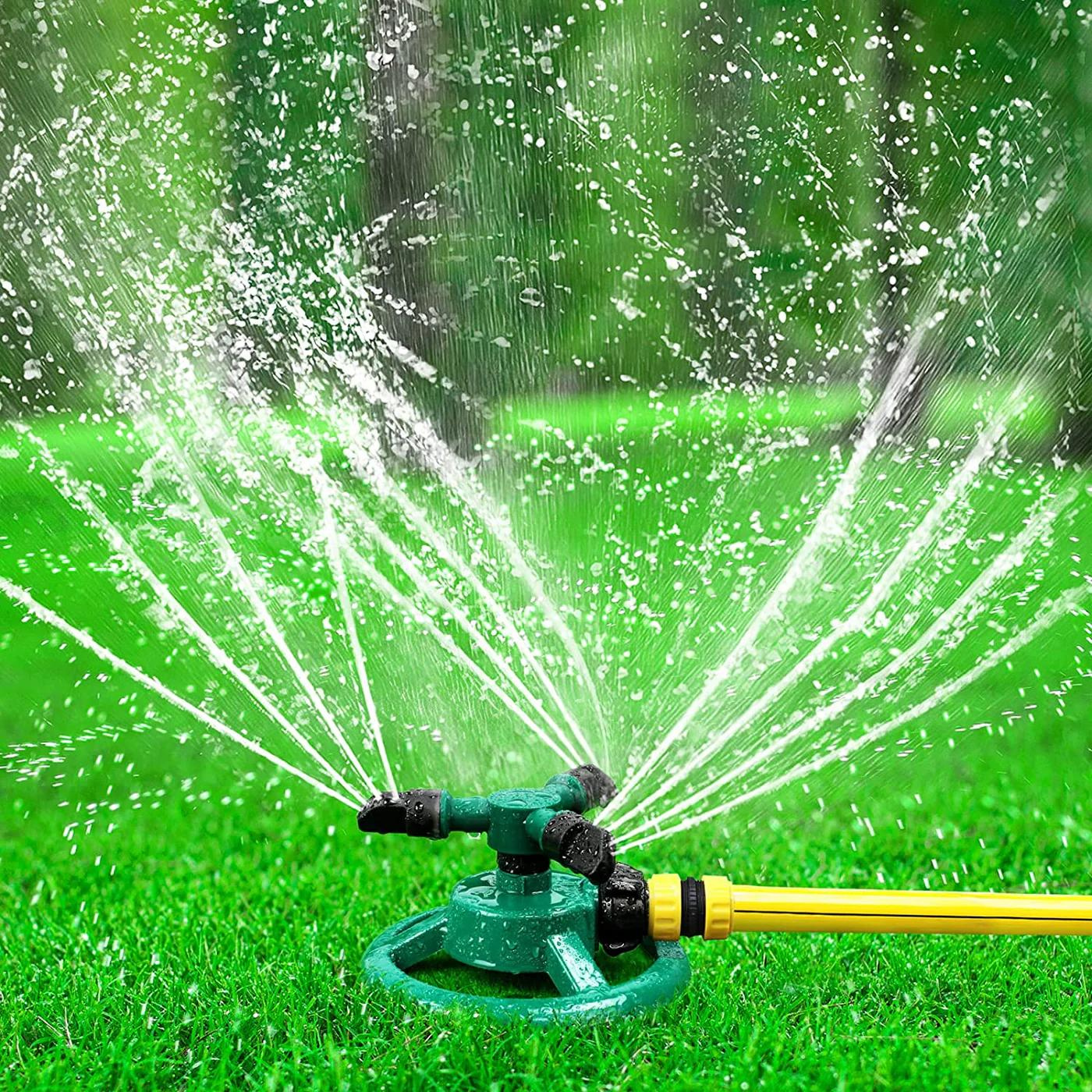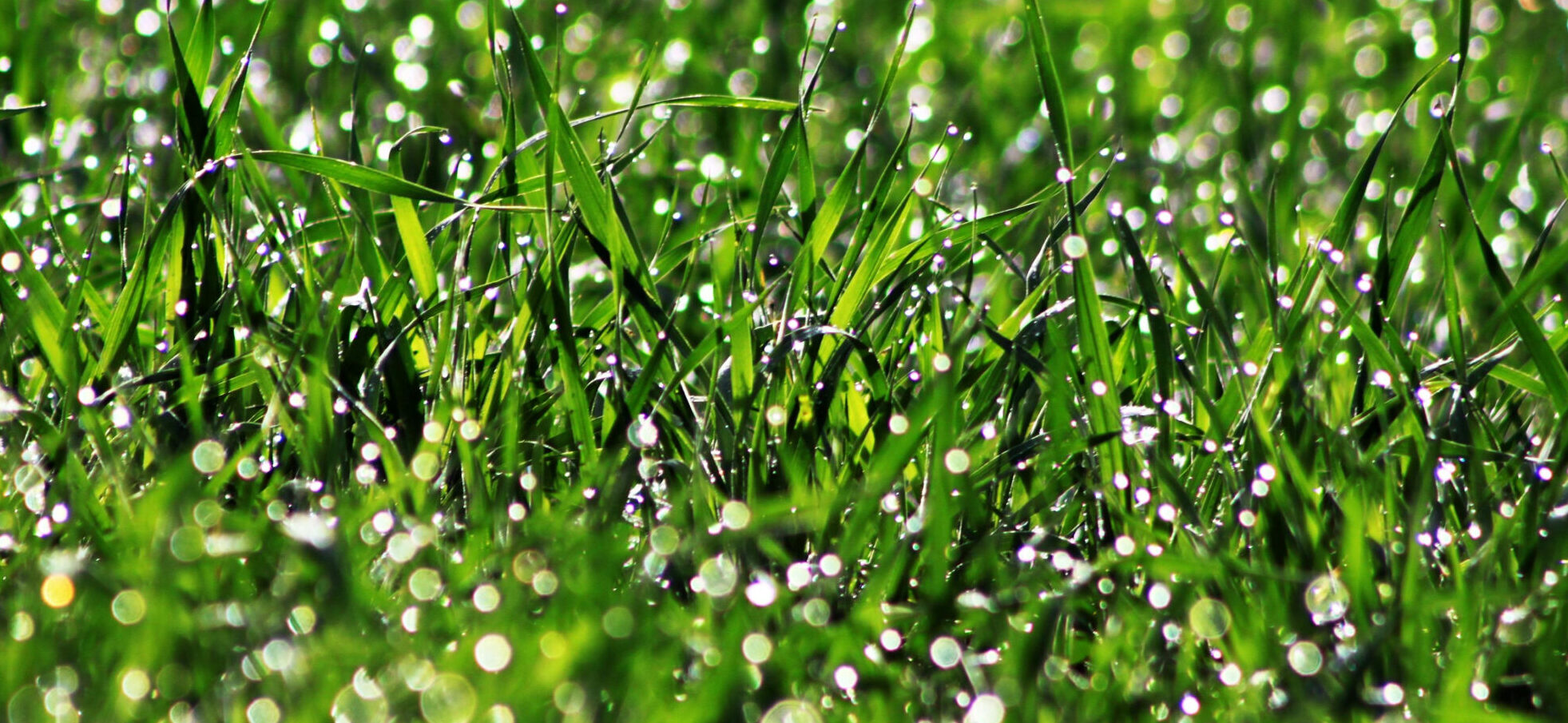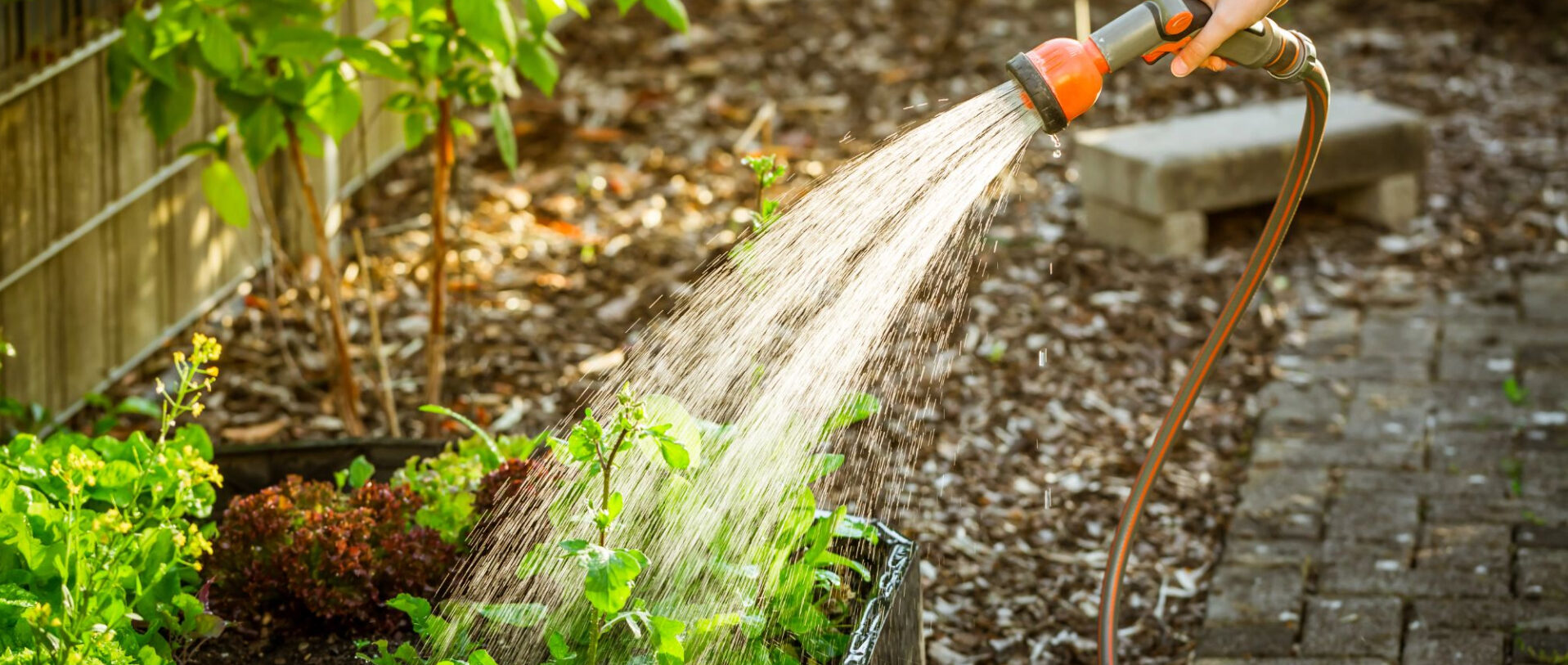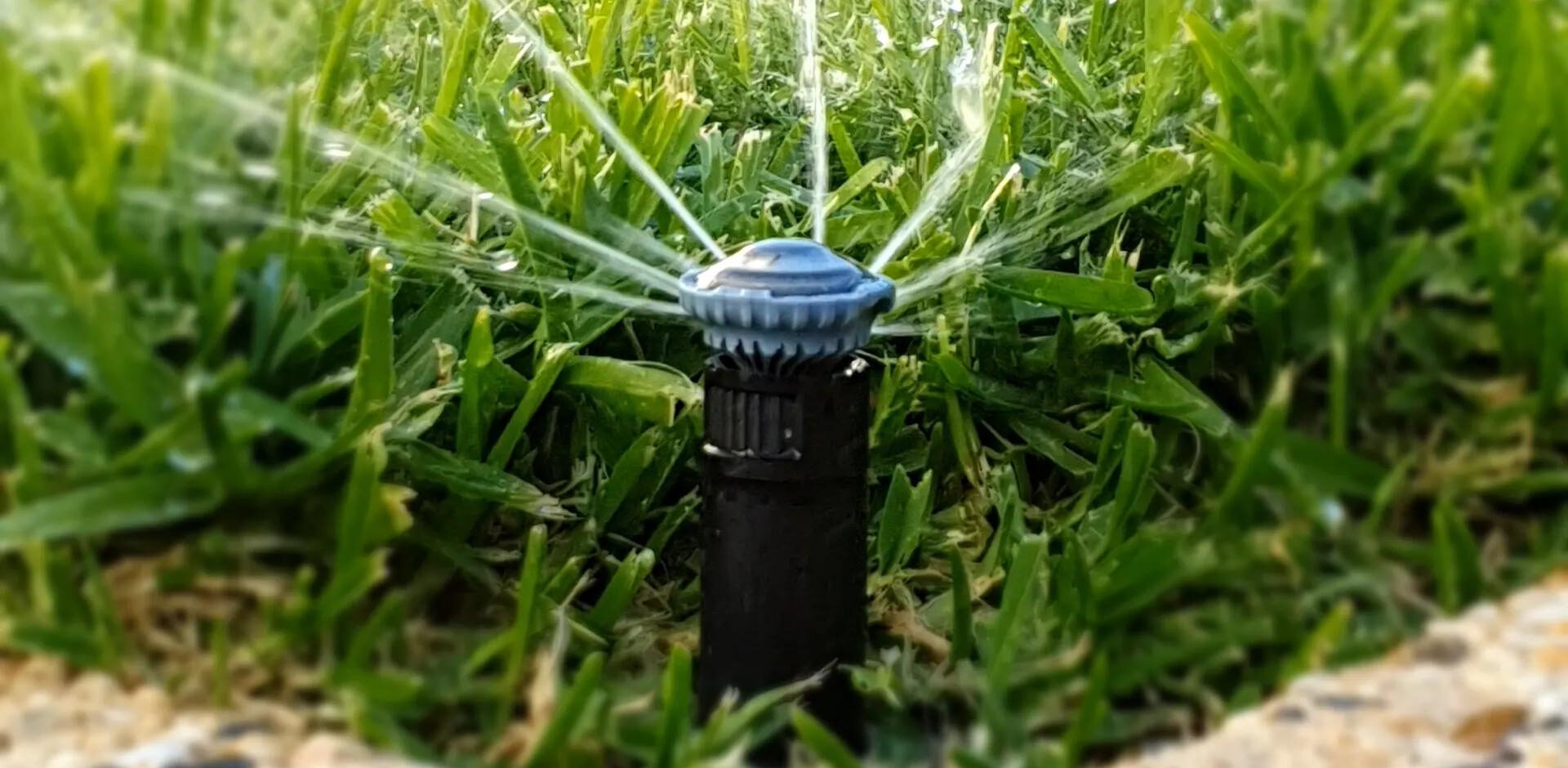
A verdant, lush lawn isn’t just a picturesque addition to your property—it’s a testament to care, a haven for relaxation, and a gathering place for family. At its core lies a crucial element: watering. This fundamental practice is the life force that sustains your lawn’s health and vibrancy throughout the seasons.
Understanding Your Lawn’s Water Needs
Each lawn is as unique as the home it surrounds. Understanding your lawn’s specific water requirements is essential for maintaining its beauty and resilience. Factors such as grass type, soil composition, sun exposure, and climate all influence how much and how often you should water.
Grass varieties common in British Columbia, from robust fescues to lush bluegrasses, each have distinct moisture preferences. Sandy soils, prevalent in some areas, drain water quickly, requiring more frequent watering. Conversely, clay soils retain moisture longer, affecting watering schedules and absorption rates.
The Science of Effective Watering
Effective lawn watering isn’t just about quantity; it’s about timing and technique. Watering deeply and infrequently encourages strong root growth, enhancing your lawn’s resilience to drought and stress. Early mornings are typically optimal for watering, minimizing evaporation and ensuring moisture reaches roots before daytime heat peaks.

Signs of Overwatering and Underwatering
Achieving the right balance is crucial. Overwatering can lead to shallow roots, runoff, and susceptibility to diseases and pests. Signs like soggy patches, mold growth, or a soft feel underfoot indicate excess moisture. Conversely, underwatering results in dry, brittle grass, wilting, and a pale, bluish-green color. If footprints linger on your lawn instead of bouncing back, it likely needs more water.
Smart Watering Practices
Implementing intelligent watering practices not only conserves water but also fosters a healthier lawn ecosystem. Using a rain gauge to monitor natural precipitation levels helps adjust your watering schedule. Investing in smart irrigation systems with moisture sensors automates this process, ensuring your lawn receives precise hydration without waste.
Enhancing Water Efficiency
Improving water efficiency extends beyond watering itself. Proper lawn care practices like regular mowing, aeration, and soil testing aid water retention and nutrient absorption. Mulching grass clippings retains natural moisture, while applying organic compost enriches soil, supporting robust root development.
Environmental Impact and Conservation
Water conservation is a shared responsibility. By adopting water-wise landscaping practices and choosing drought-tolerant plants, homeowners can reduce water consumption while maintaining aesthetic appeal. Adhering to local water restrictions and utilizing rainwater harvesting systems further promotes sustainable lawn care practices.

Watering Vital for Your Home’s Lawn Health
The Role of Professional Guidance
For homeowners seeking expert advice on optimizing lawn watering practices, professional expertise proves invaluable. Local lawn care specialists, such as those at Jim’s Mowing, offer tailored guidance and services to ensure year-round lawn vitality. From soil analysis to customized irrigation solutions, their expertise helps achieve a resilient, healthy lawn with minimal environmental impact.
Watering transcends routine—it’s a cornerstone of effective lawn care and stewardship of your outdoor space. By understanding your lawn’s unique needs, adopting smart watering practices, and prioritizing conservation, you contribute to a greener, more sustainable environment around your home. Whether nurturing a new lawn or revitalizing an existing one, investing in proper watering ensures a vibrant outdoor sanctuary for years to come.
Expert Tips for Optimal Lawn Watering:
- Understand Your Lawn: Tailor watering schedules based on grass type and local climate.
- Deep Watering: Promote strong root growth by watering deeply and infrequently.
- Timing Matters: Water early mornings to maximize absorption and minimize evaporation.
- Monitor Moisture: Use rain gauges and soil sensors to adjust watering frequency.
- Prevent Runoff: Break up watering sessions to allow soil absorption, reducing runoff.
- Mulch and Compost: Enhance soil structure and moisture retention with mulched clippings and compost.
- Smart Irrigation: Consider smart systems for efficient water use and conservation.
- Follow Local Regulations: Adhere to water restrictions and explore rainwater harvesting options.
- Seek Professional Advice: Consult local experts for personalized lawn care and maintenance insights.
- Sustainable Landscaping: Embrace practices that conserve water and support environmental health.

Watering Vital for Your Home’s Lawn Health
By adopting these expert tips and practices, you not only ensure a healthy, vibrant lawn but also contribute to the sustainability of your local environment. Remember, proper watering isn’t just about green lawns—it’s about nurturing an enduring outdoor space for generations to enjoy.


